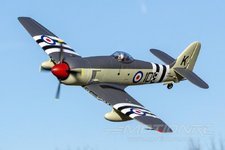buffnut453
Captain
I'm going to throw this one into the hat as well since the early design concepts started in 1944 and, by the end of 1945, had matured into something recognizably Comet-shaped:

Still a great-looking aeroplane, even after all these years.
Still a great-looking aeroplane, even after all these years.

